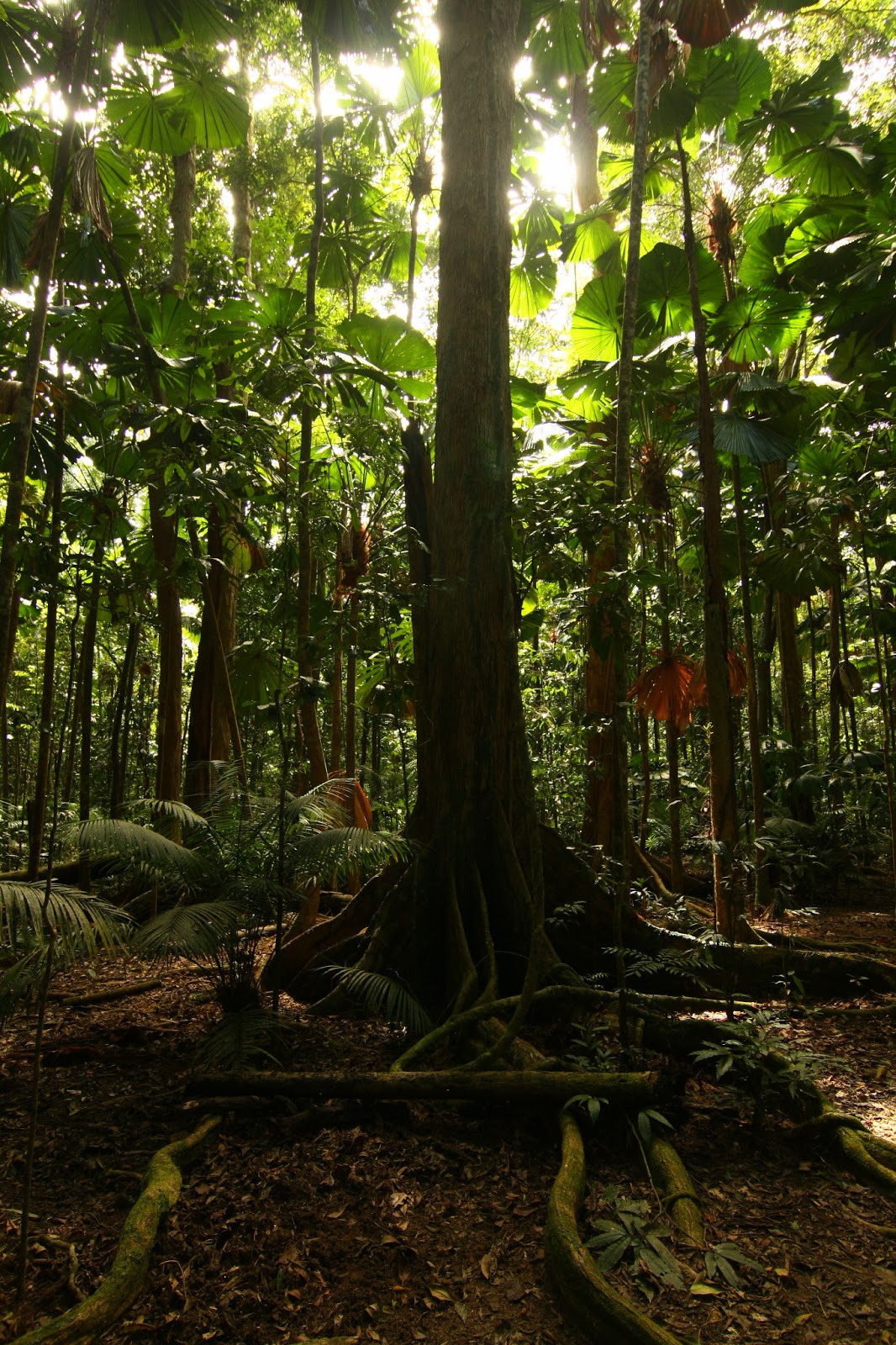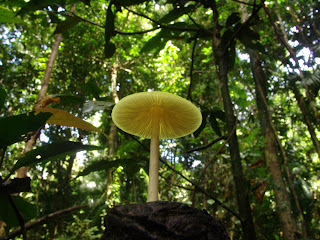Fluorescence.
©Paul o’Dowd 2013 Fluorescence You’ve heard the reactions of people who witness the Reef for the first time. “The colours are amazing!”, “The fish are so bright!”... The question is; how do many marine creatures manage to appear brighter than the ambient light would seem to permit. Pigments are chemicals which absorb some wavelengths of light and reflect others. Many of the colours we see around us are the result of pigments reflecting selected wavelengths and absorbing others. The energy associated with the absorbed light might then be used for other things. Plants appear green because the green part of the spectrum is not absorbed by the pigments that harvest the energy of sunlight. Instead, the wavelengths that make up the green part of the spectrum are reflected and that’s what we see. Some pigments though, absorb certain wavelengths only to instantly release that energy as an emission of light of a different colour. This is called, ...


